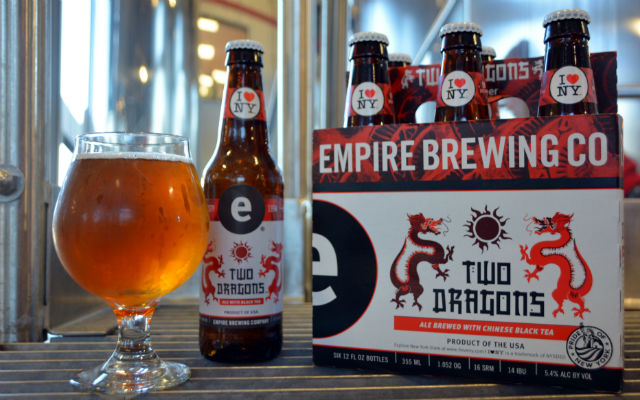
A long, long time ago, on a less crowded beer shelf, craft beer brands had a simple message: A brewery’s name, followed by a beer style such as “Amber” or “IPA” — perhaps some additional info about what was in the bottle as well. But now a beer name seems to be a make or break toward catching a wandering eye, right up there with style and label art.
So what works for some breweries?
“Stories from brewers, puns from the kind of hops used or a band/song. We let them organically be named, meaning we throw around some ideas and usually just find one that sticks,” said Empire Brewing‘s Marketing Director, Emily Whalen, adding that making it funny, different, or relatable is a good way to find some sales.
“Our kolsch is called Skinny Atlas, which is playing off of a local lake, Skaneateles Lake,” Whalen explained. “The original batch of our Skinny Atlas was made with Skaneateles Lake water.”
Lumberyard Brewing has a strategy for naming beers that focuses on Northern Arizona along with all of the outdoor “adventure” activities that take place here, said Marketing Manager Kelly Hanseth.
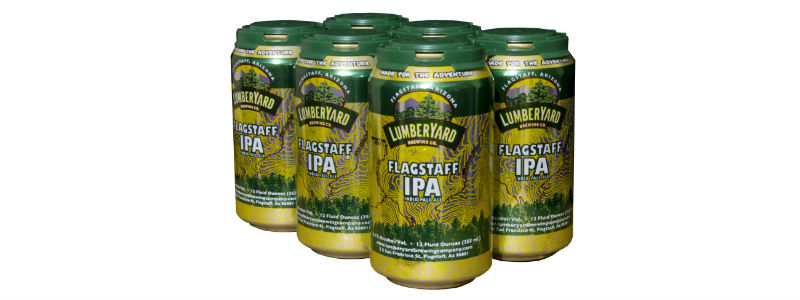 “We named one of our beers after the popular trail in the Grand Canyon — ‘Bright Angel IPA’ and have since supplied that beer to Phantom Ranch at the bottom of the Grand Canyon,” Hanseth said. “Our story and brand is focused on promoting Northern Arizona since we have had a long history here and we chose to can, not bottle our beer so we also focus on the adventure side of Northern Arizona.”
“We named one of our beers after the popular trail in the Grand Canyon — ‘Bright Angel IPA’ and have since supplied that beer to Phantom Ranch at the bottom of the Grand Canyon,” Hanseth said. “Our story and brand is focused on promoting Northern Arizona since we have had a long history here and we chose to can, not bottle our beer so we also focus on the adventure side of Northern Arizona.”
Whalen noted that some problems have risen because of the names.
“We have had to tweak some names due to trademark issues,” she said. “Our Deep Purple was originally named Purple Haze, unfortunately we did not trademark it and Abita came out with Purple Haze, so we changed the name to Deep Purple. This was years ago before we were in packaging.
“We also ran into a slight issue with Lucas Films for our Empire Strikes Bock, we dropped the “Empire” in front of it to make it Strikes Bock.”
That doesn’t mean that all breweries echo the trend of naming beers to help entice consumers and possible sales.
“As a consumer, I do not like fanciful names that tell me nothing about the basic style and flavor,” said Kansas City Bier‘s Managing Owner, Stephen Holle. “I think retailers also get annoyed with names that don’t describe the style. Ninety percent of our biers are traditional styles, so we just name them after the generic name – Dunkel, Hefeweizen, Pils, Helles, Maibock.”
Holle said that KC Bier is are one of the few breweries focused on German-style beers and many consumers are not familiar with the German style names. Keeping it simple is helpful he says.
“Using the generic name not only introduces the consumer to a new style, it also educates them, and can lead the consumer to associate our brewery with that style,” Holle said. “Hopefully, whenever the consumer discusses a German bier style, they naturally think of our brand.”


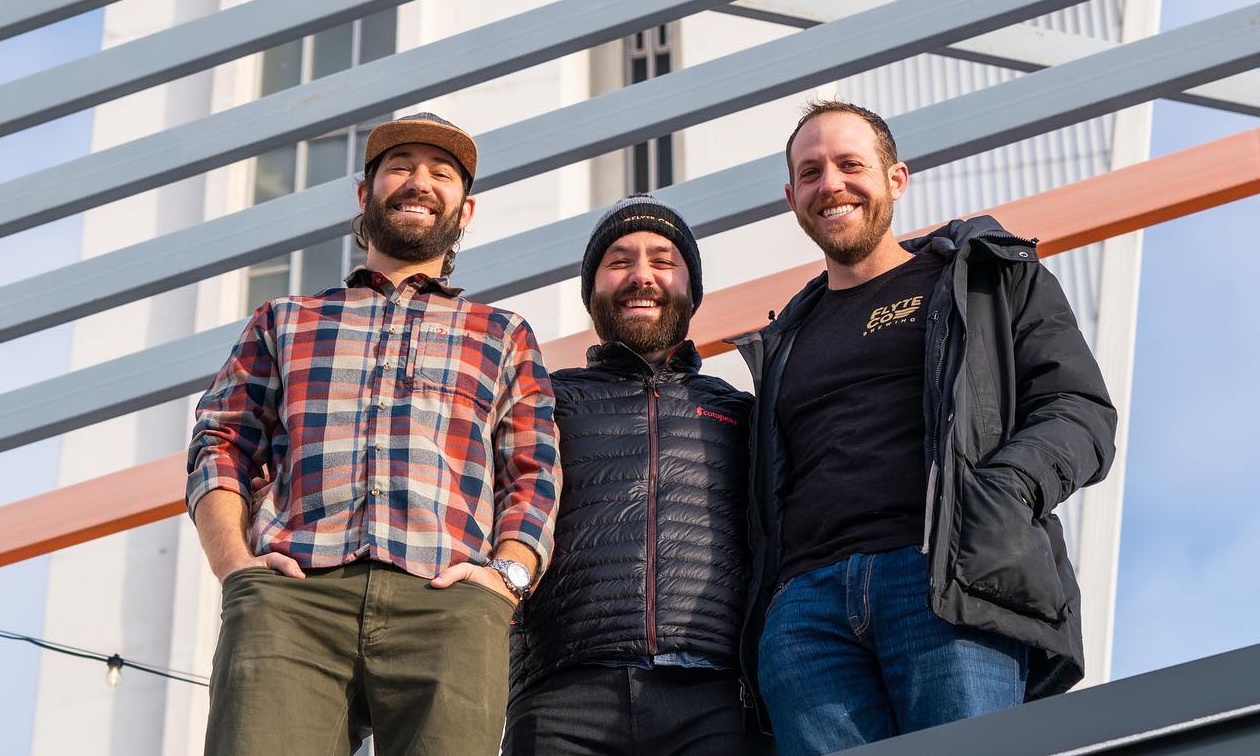
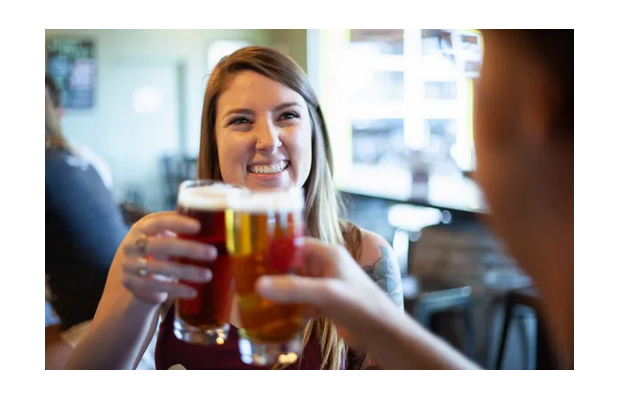
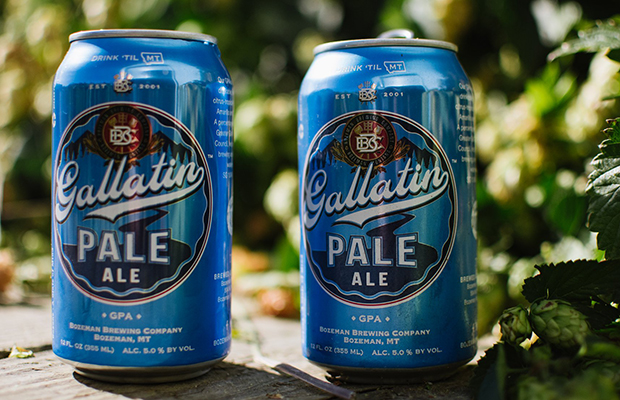
Be the first to comment